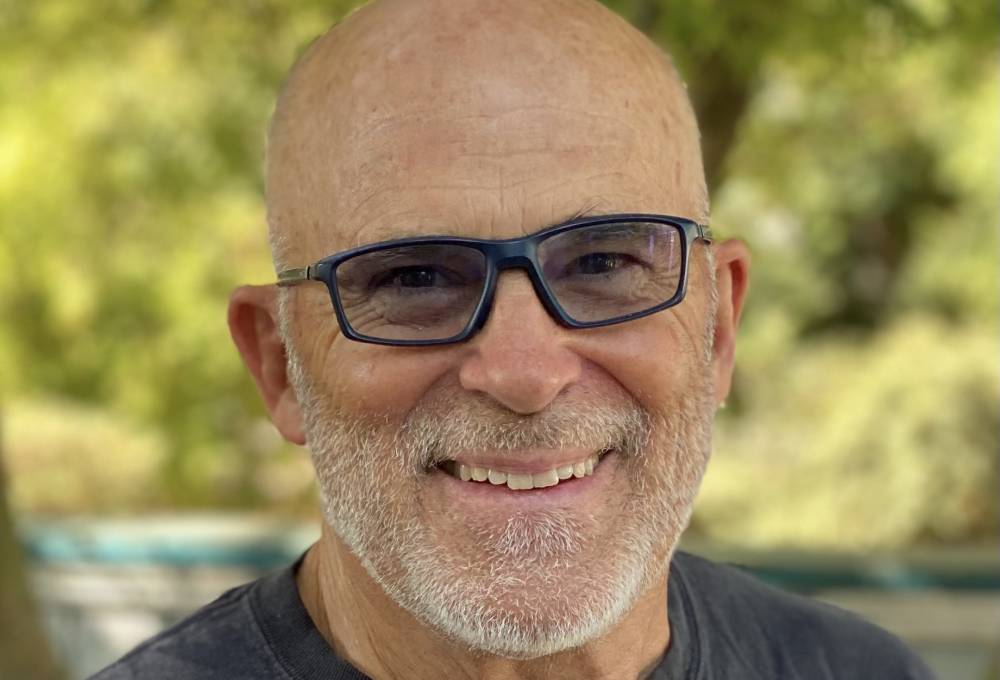Professor Robert Thayer, Jr.

Contact
- Email: k2267958@kingston.ac.uk
- Location: Kingston School of Art, Knights Park
- Faculty: Kingston School of Art
- School: School of Arts
- Department: Department of Architecture and Landscape
Research project: Reflections on a Half-Century of Research in Landscape Sustainability and Bioregional Theory
Abstract
Abstract
The intent of this PhD via Prior Publication is to reflect, summarize, communicate, and extend a half-century of published landscape research as Professor of Landscape Architecture at the University of California. The research covered, in rough chronological order, includes: original findings in the perception of natural versus man-made landscapes; the role of the visual landscape in guiding environmental behavior; public response to water-efficient landscapes; design, policy, and landscape planning for solar energy utilization; public response to wind energy landscapes; windfarm citing conflicts; original theoretical synthesis of the role of technology in relation to landscape sustainability; and synthesis and extension of bioregional research, theory, and practice. Special emphasis will be placed on two single-authored books (Gray World, Green Heart: Technology, Nature, and the Sustainable Landscape, 1994; and LifePlace: Bioregional Thought and Practice, 2003) with the goal of connecting this past research to present crises of climate, urban-rural polarization, the excesses of technology, and the pressing need to imagine and create the landscapes of an uncertain future.
- Research degree: PhD by prior publication/portfolio
- Title of project: Reflections on a Half-Century of Research in Landscape Sustainability and Bioregional Theory
Biography
I'm a retired professor and the founder of the Landscape Architecture Program in the Department of Human Ecology, University of California, Davis. Hired in 1973, I have been conducting research continuously since, moving from early scientific, quantitative investigations of public landscape response, to major scholarly works of theoretical synthesis. For my entire career, I have been guided by the premise that landscapes, both designed and vernacular, are critical in the transactional communication between humans and the natural and built worlds. My early work on landscape perception, solar energy, wind energy, and water conservation was later to be enveloped by the slippery term "sustainability". Through my research (aided by an early technical background) I pioneered a movement in landscape architecture that recognized and analyzed the role of visible technologies (now subsumed within the term "infrastructure") in the semiotics of landscape meaning and sustainable planning goals. Out of this, I began a search for the proper place and scale to locate sustainable solutions, and concluded that the bioregion...a territory defined by natural, rather than political, boundaries...is the proper venue for future landscapes that have the resilience necessary to withstand the degree of change facing local, and global populations.
Areas of research interest
- Bioregional Theory and Practice
- Regenerative/Sustainable Landscape Planning and Design
- Infrastructure, Technology, and Landscape Issues
- Crisis Response and Landscape Change
Qualifications
- Bachelor of Science, Industrial Design, Colleges of Engineering and Human Ecology, Cornell University, 1969
- Master of Arts, Design, Colleges of Art and Engineering, Stanford University, 1971
- Fellow, American Society of Landscape Architects, 1989
- Fellow, Council of Educators in Landscape Architecture (U.S.), 2007
- Licensed Landscape Architect #1472, State of California
- Former Chair, Landscape Architecture Accreditation Board (U.S.)
Funding or awards received
- Presidential Award of Excellence: Research, American Society of Landscape Architects, 1994
- Honor Award: Research, American Society of Landscape Architects, 1993
- Bradford Williams Medal, American Society of Landscape Architects, 1992
- Merit Award: Research, American Society of Landscape Architects, 1983
- Merit Award: Research, American Society of Landscape Architects, 1982
- Merit Award: Research, American Society of Landscape Architects, 1981
- Bradford Williams Medal, American Society of Landscape Architects, 1977
Publications
Please see my Dropbox for my Curriculum Vitae:
https://www.dropbox.com/scl/fi/8sse9u23abjs80aspabp3/Thayer-CV-2022.doc?dl=0&rlkey=q6ecx6866zt13eei7fh8ewf6w
If this does not work, contact me for an alternative. I have no personal website.
Conference papers
Please see my Dropbox for my Curriculum Vitae:
https://www.dropbox.com/scl/fi/8sse9u23abjs80aspabp3/Thayer-CV-2022.doc?dl=0&rlkey=q6ecx6866zt13eei7fh8ewf6w
If this does not work, contact me for an alternative. I have no personal website.
